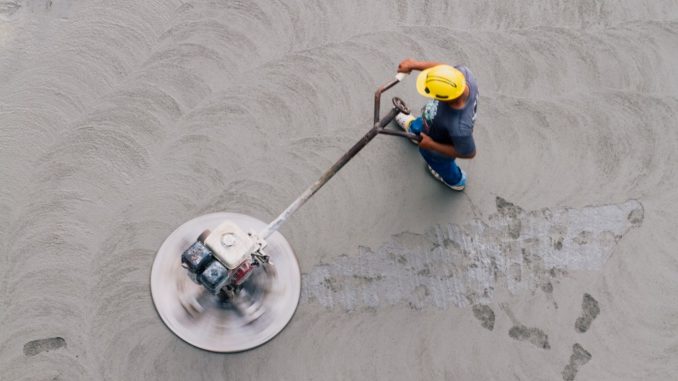
You’re probably wondering why concrete loses its foundation over time. It’s supposed to be strong enough to last, right? Find out why concrete sinks and how you can fix the problem.
In ideal conditions, your driveway is supposed to last as long as your home does. However, certain conditions can cause the concrete to crack, discolor, and sink into the ground. Why does this happen and how can you fix it?
Why does concrete sink?
In Salt Lake City and other locations, many homeowners need concrete lifting or mud jacking services to repair driveways. But aren’t concrete slabs supposed to last long? Well, ideally, it is supposed to. However, concrete doesn’t always have the perfect conditions to last as long as your house.
Concrete looks sturdy and solid, and it is, for the most part. But it won’t be able to withstand cracking and sinking unless the soil below is sturdy as well. Concrete slabs rely on the earth underneath to support their weight and maintain leveling.
If there are areas where the soil is unable to support the weight of the concrete, cracking and sinking may occur. As a result, your concrete will become uneven and dangerous to walk on, as they can cause tripping or something even worse.
How to fix uneven concrete
There are many ways to fix a sunken or uneven concrete surface:
1. Mud jacking
Mud jacking, also known as slab jacking, is a manner of lifting concrete slabs back into their original position by pumping a mixture of soils underneath. This mixture can consist of sand, cement, fly, ash, and other materials that can make the soil more compact.
2. Concrete resurfacing
This involves adding another layer of cement to remedy cracking, scaling, or spalling. Apart from covering up concrete flaws, the concrete surfacing can also upgrade the appearance of your driveway or patio (and increase property value).
3. Polyurethane foam
Polyurethane foam is a type of cell polymer foam that is used to lift concrete by injecting it below the slab. This foam is resistant to moisture and erosion without adding significant weight, making your concrete’s life longer.
4. Epoxy injection
Epoxy injection is a repair method used for cracked concrete. After you repair the cause of the crack (which is necessary unless you want the problem to recur), you can inject epoxy into the gaps to seal them. This fix can be used for almost all types of concrete surfaces, not just driveways and patios.
5. Gravel filling

For sunken slabs, you can remove the concrete and fill the space with gravel, rocks, or bricks. You can replace the slabs after reaching the ideal level.
Sunken or cracked concrete can lead to bigger structural problems if you don’t address the problem head-on. However, prevention is always the best solution, so remember a few important things during construction. Make sure the soil underneath is compact and can support the weight of the concrete. Seal all gaps with caulk or polyurethane. Ensure that downspouts are at least five feet away from the concrete. The base should be at least four inches of gravel and shouldn’t move when stomped on.
